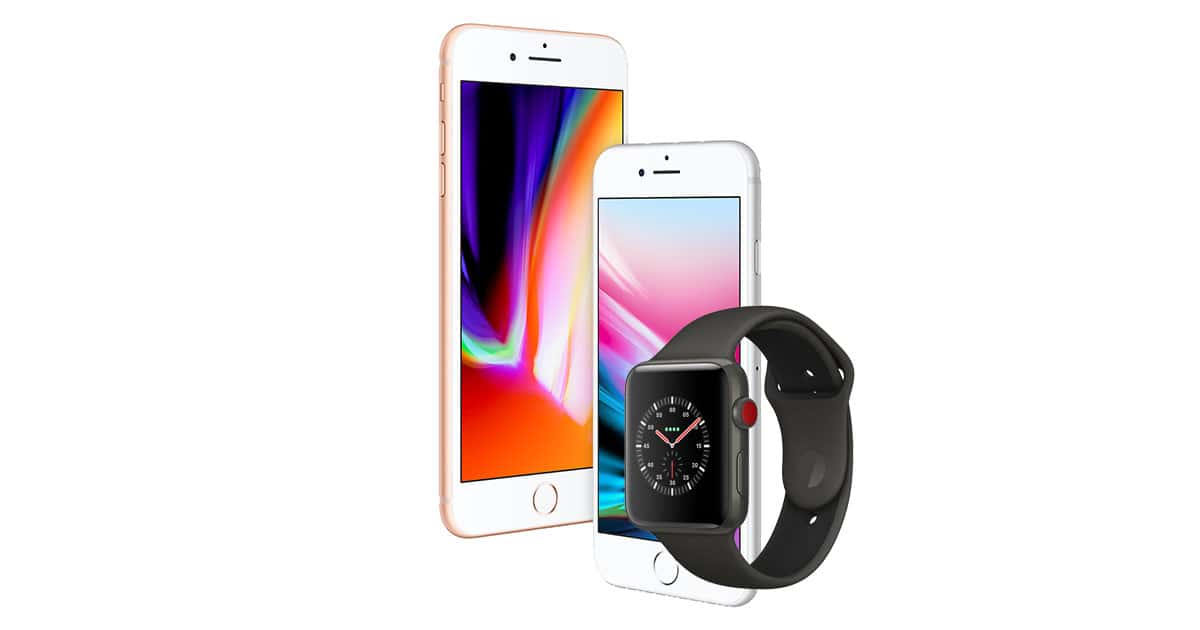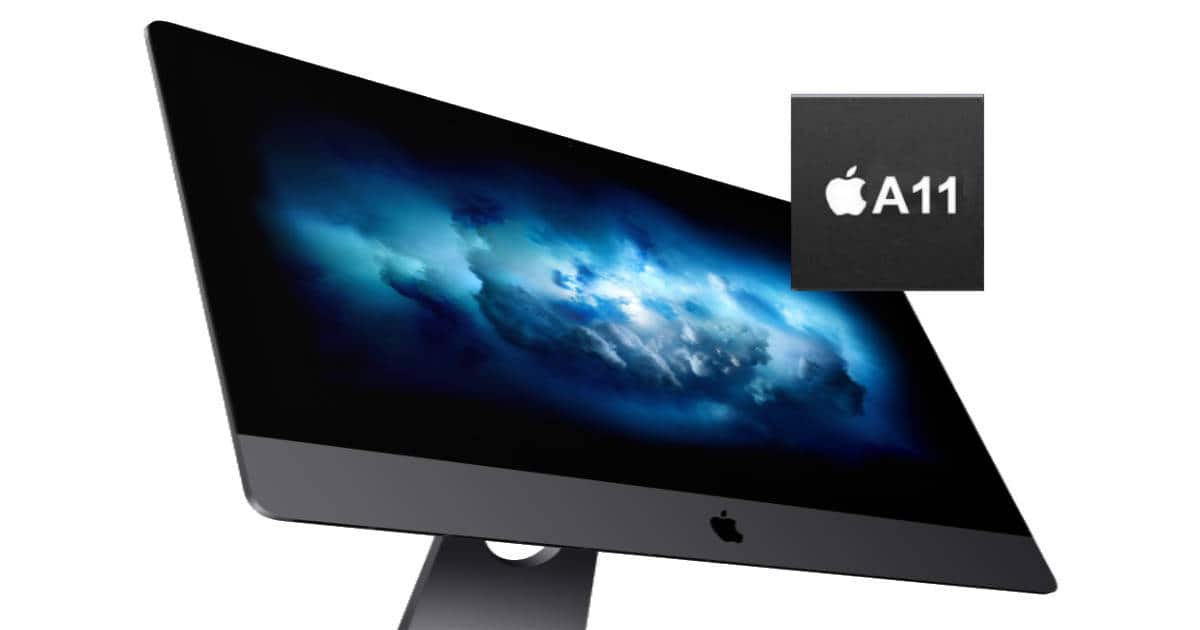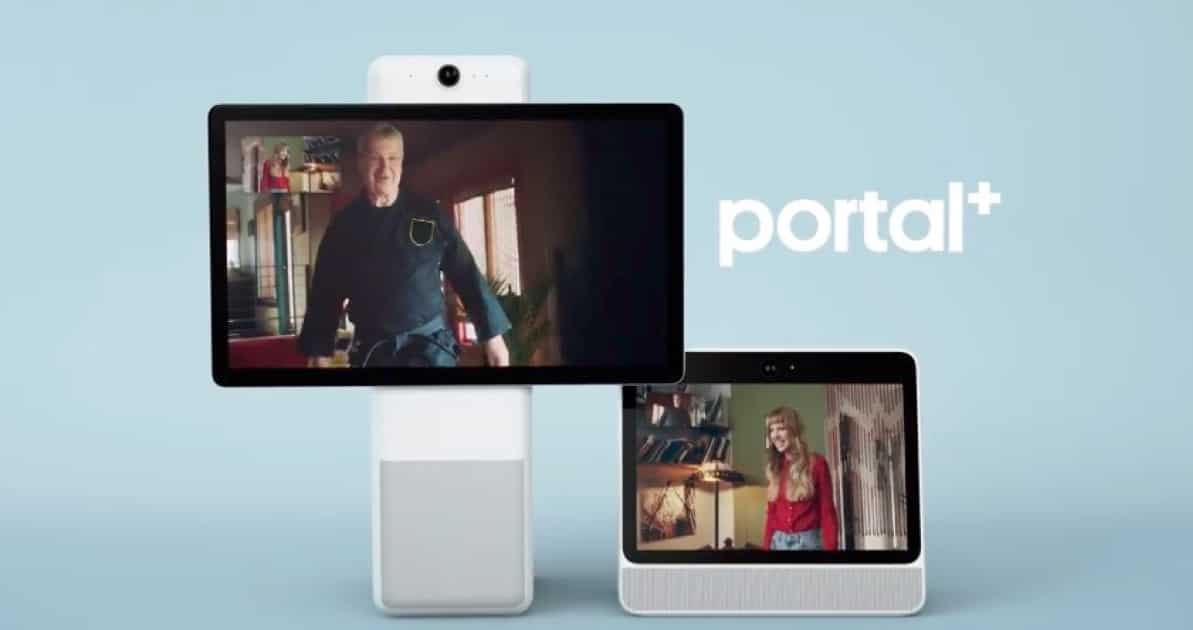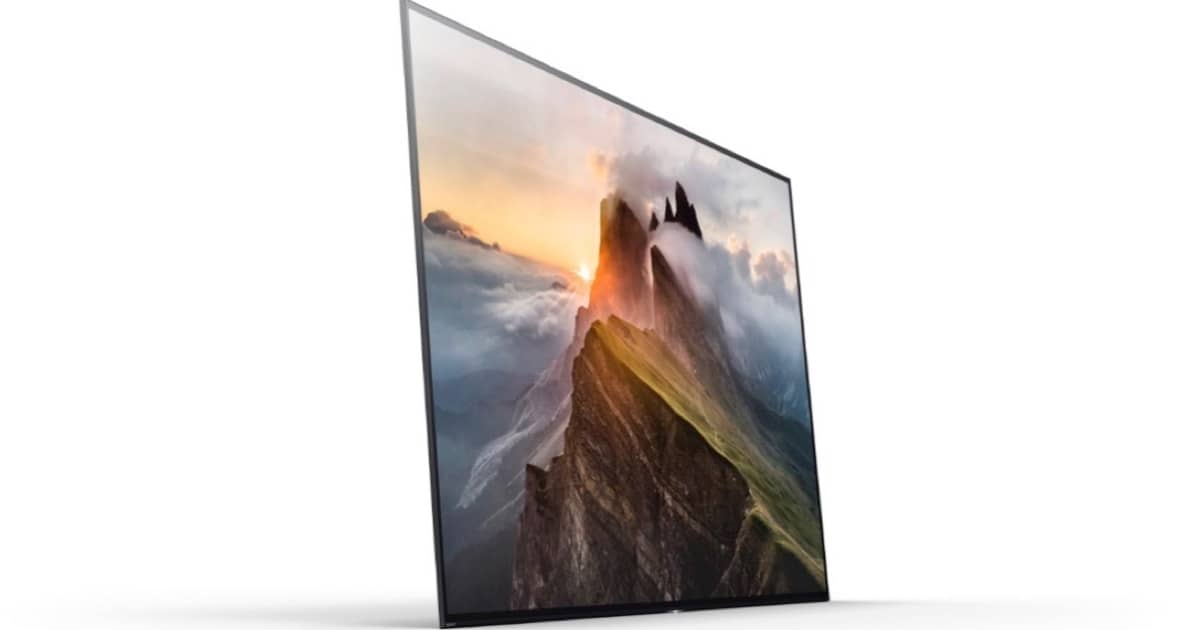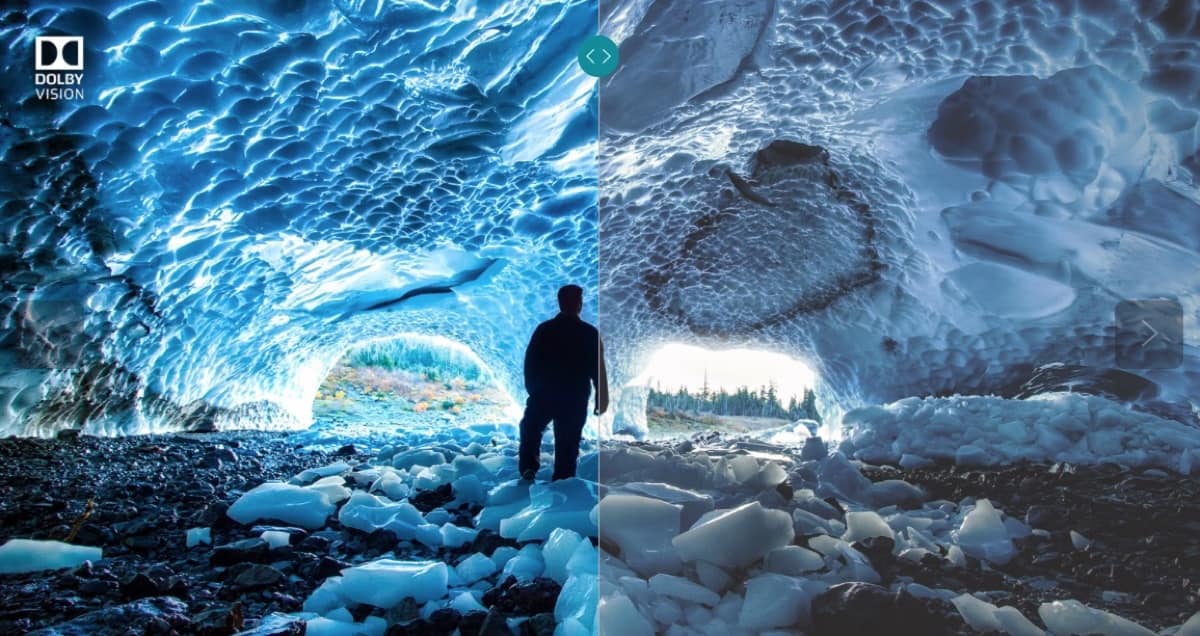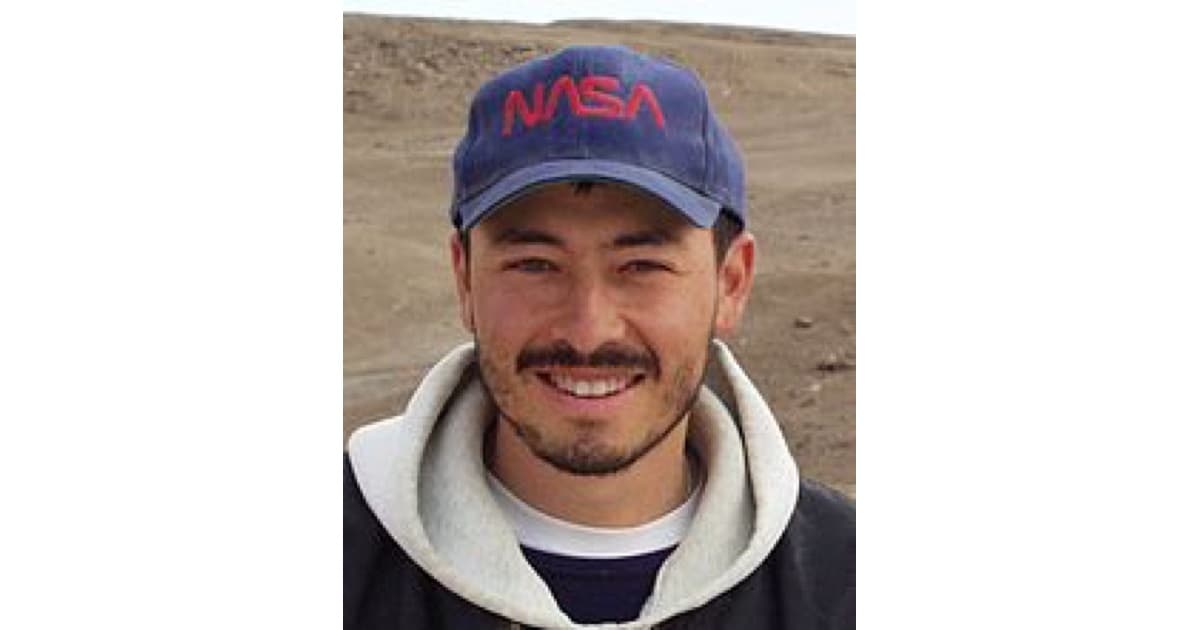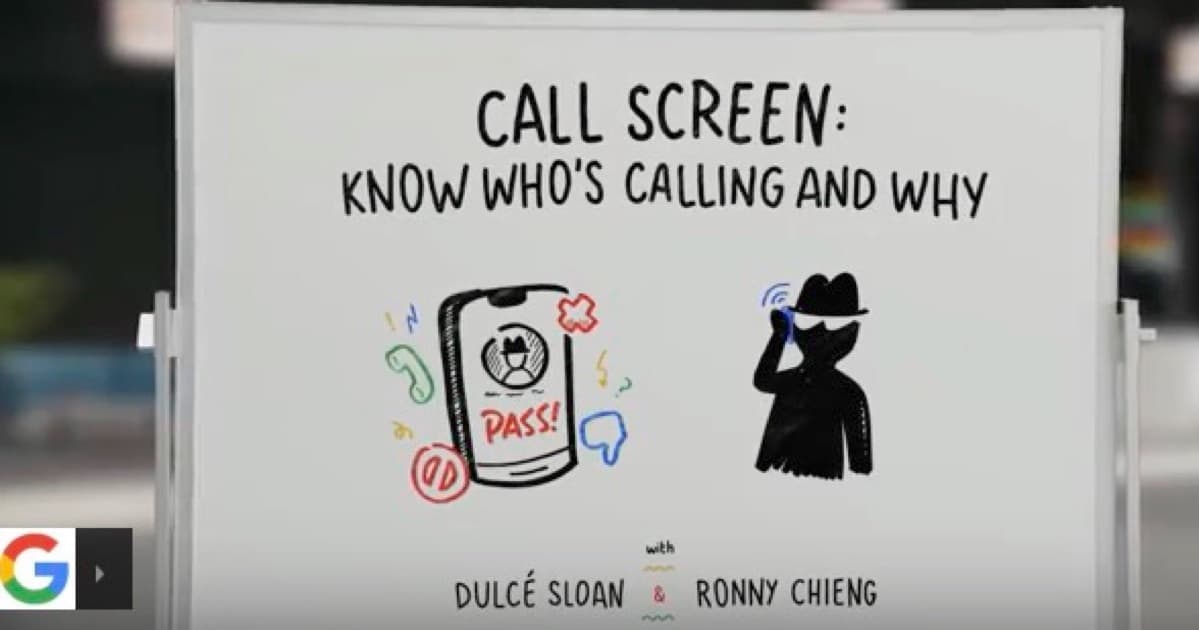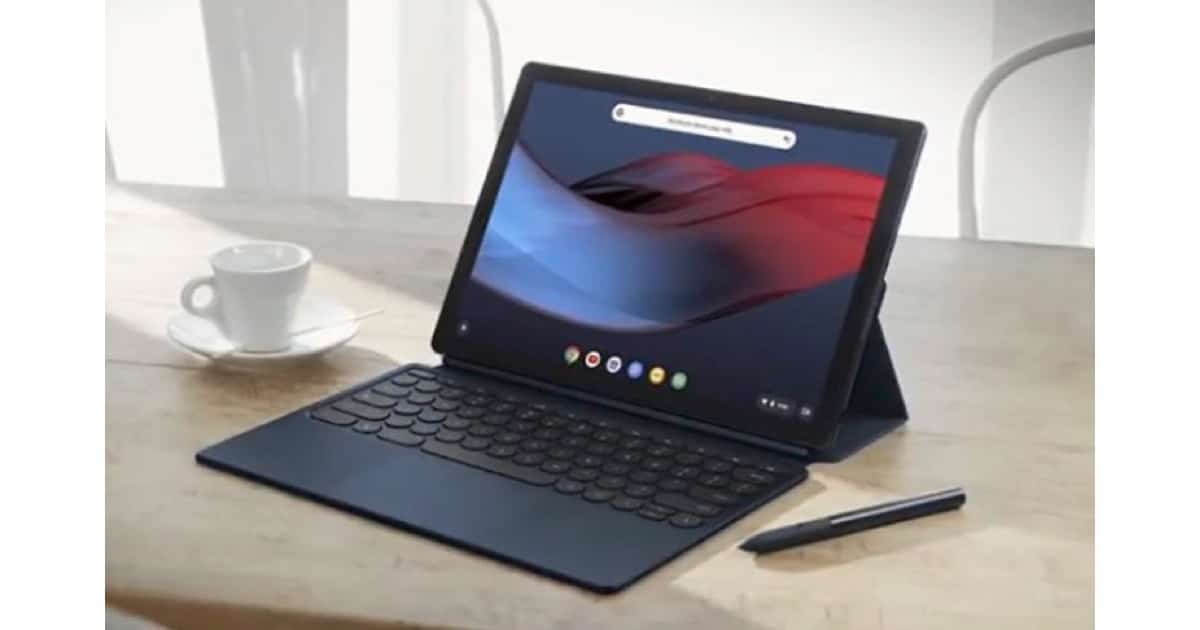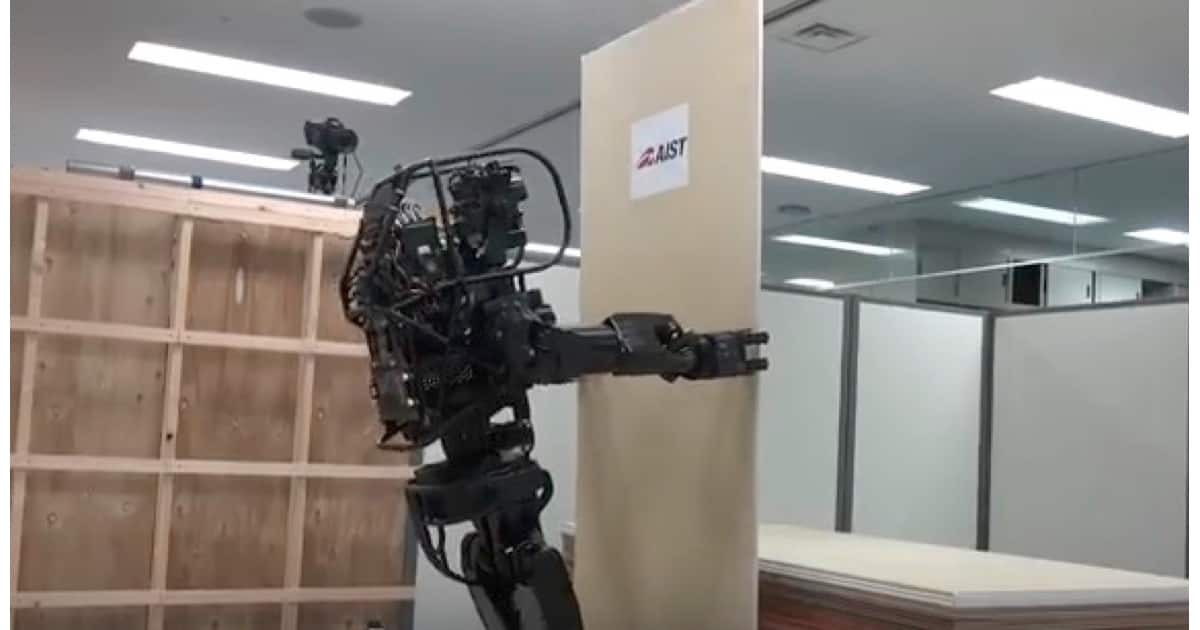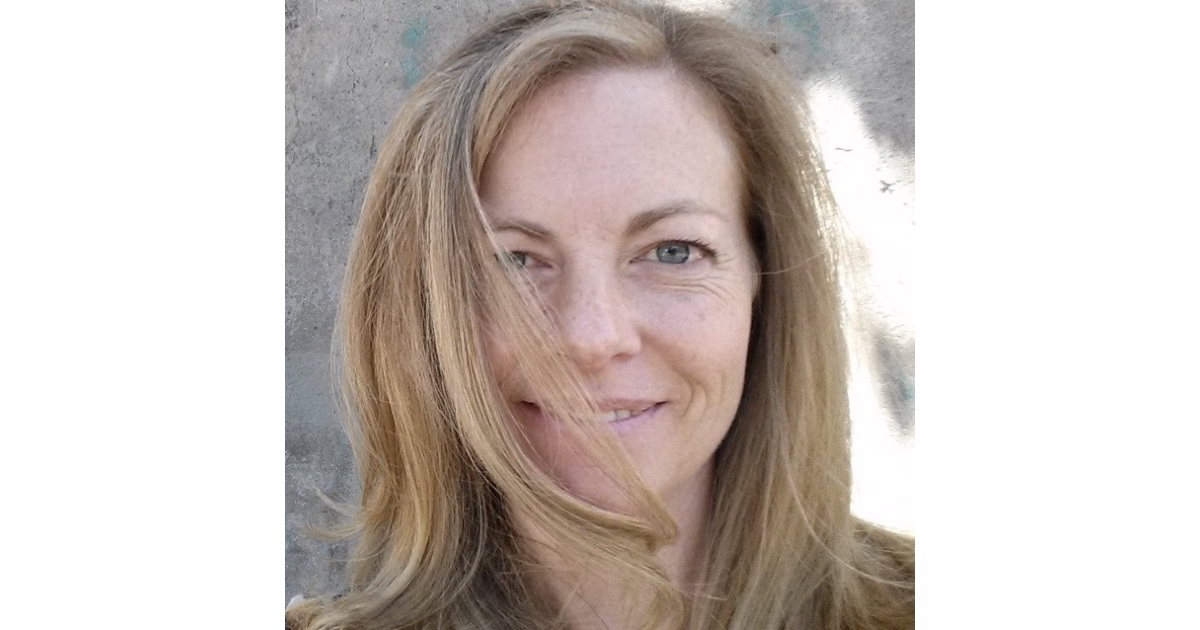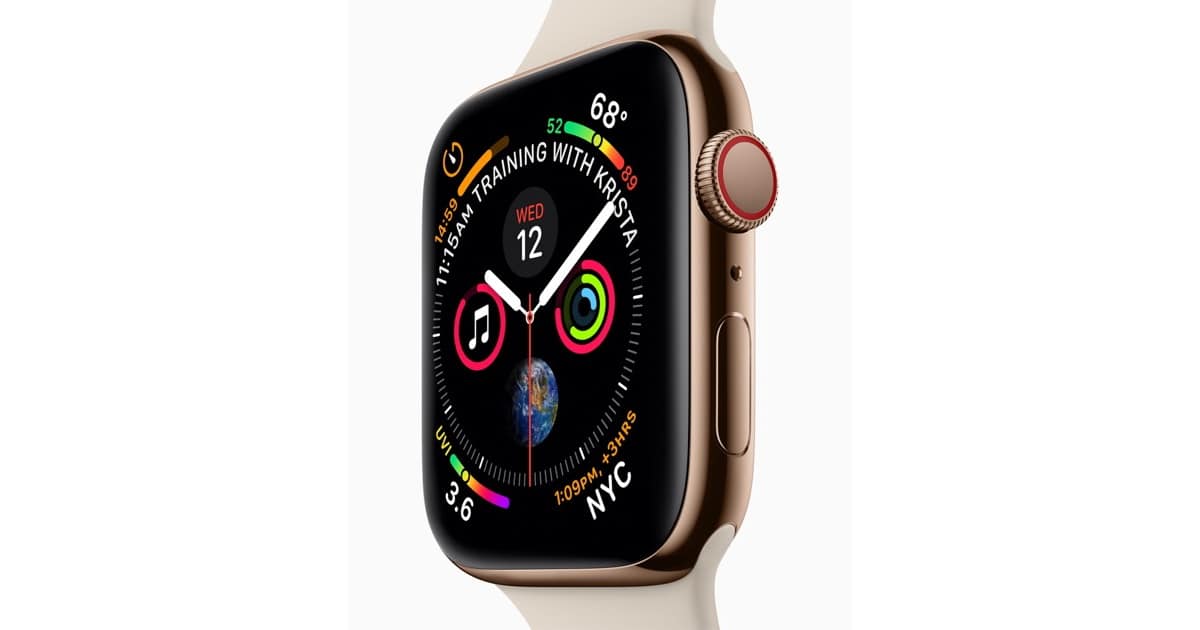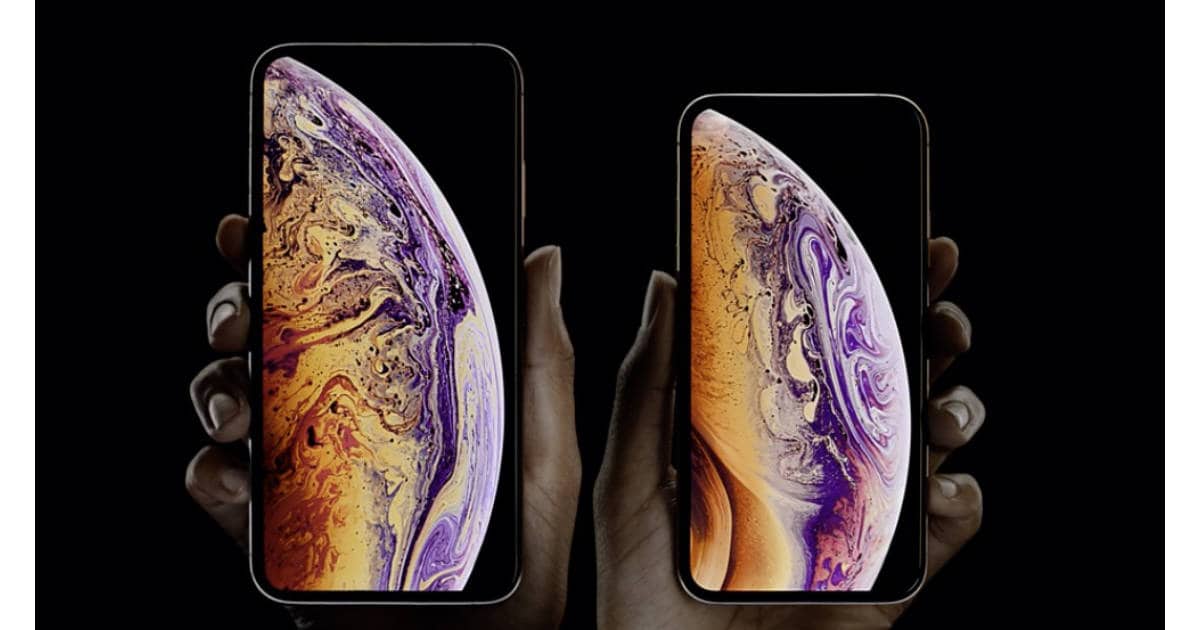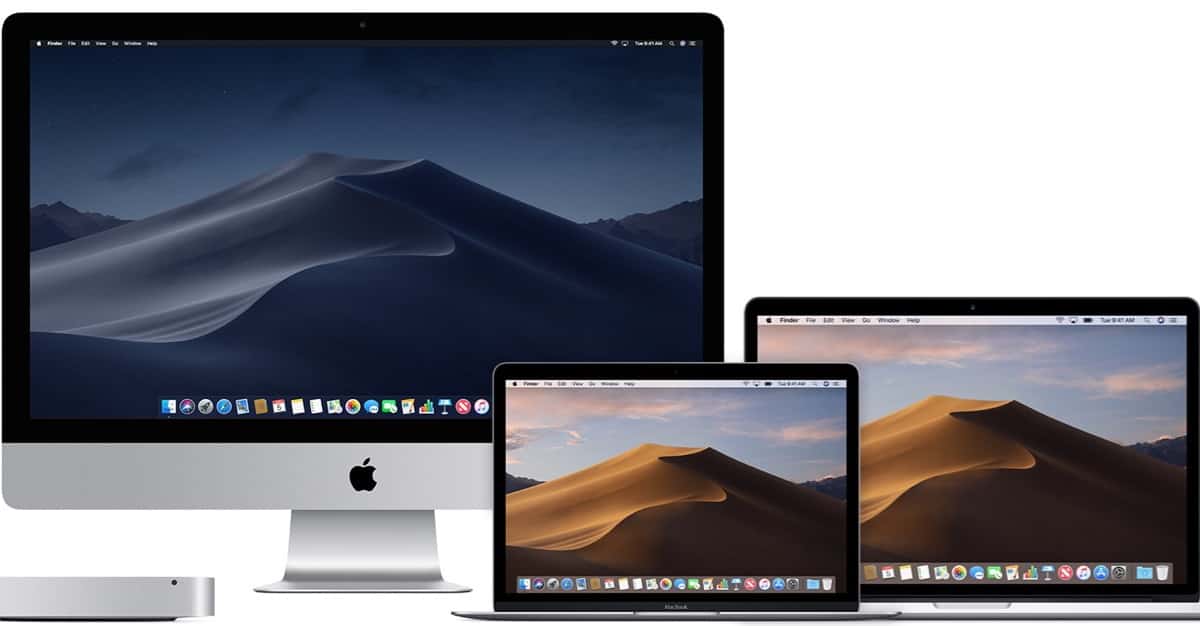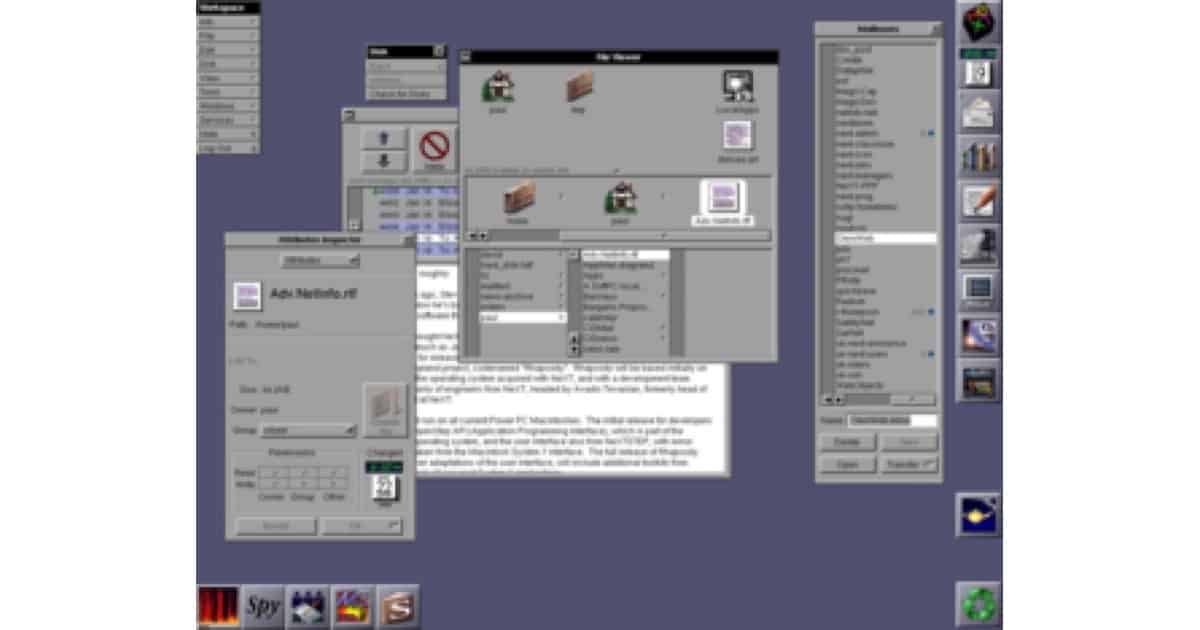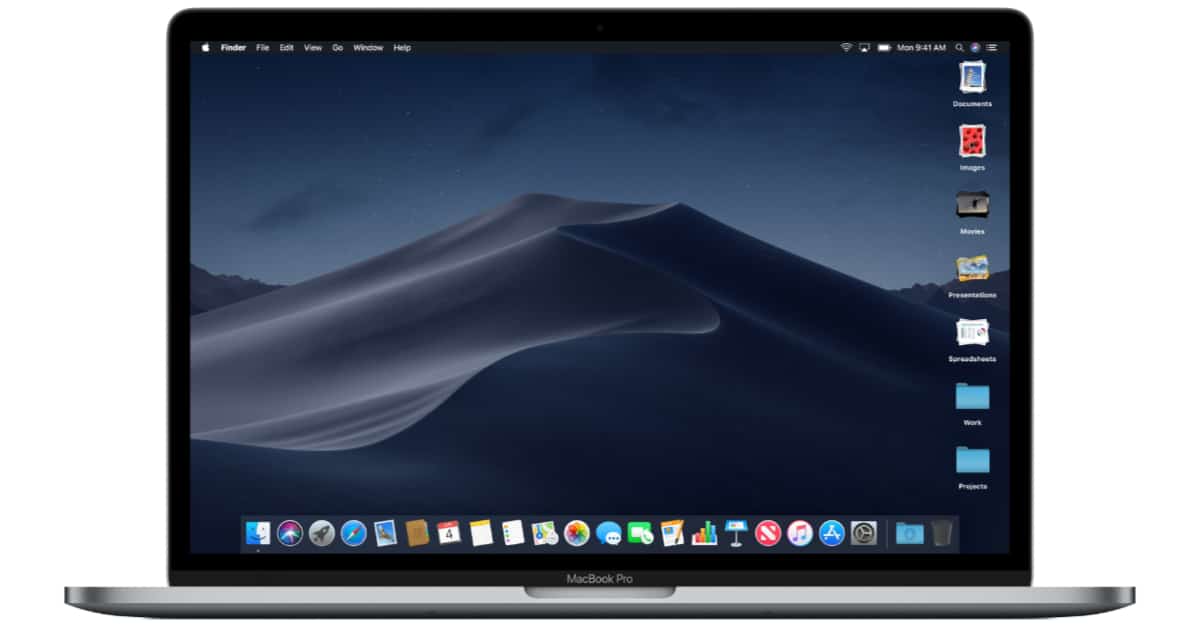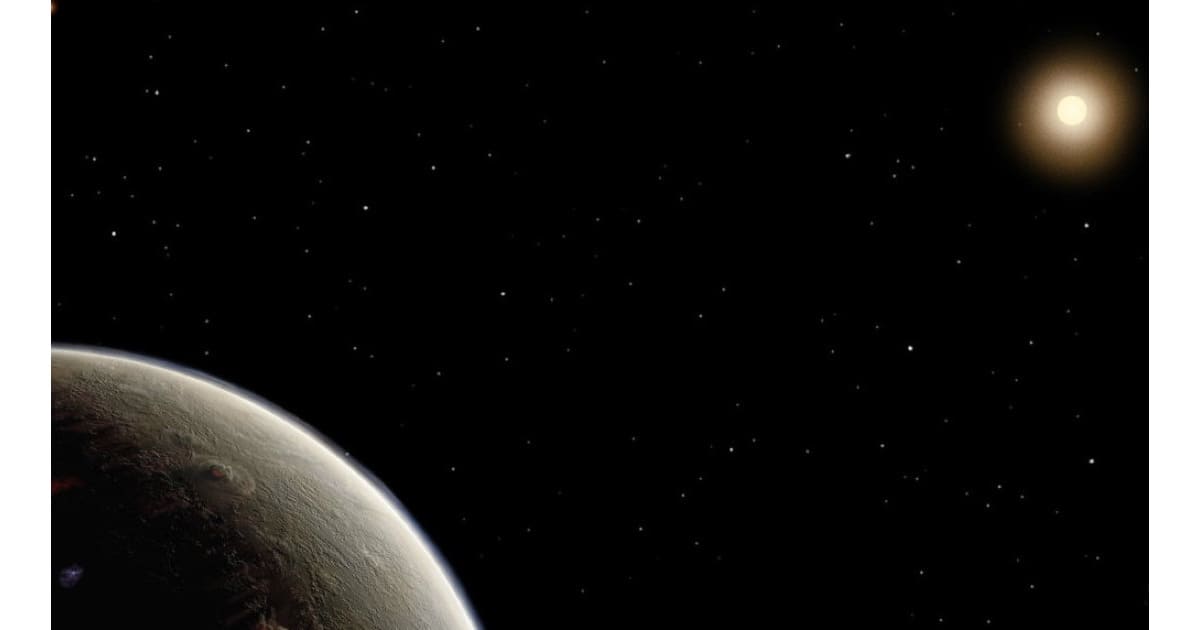Could you do it? Give up your iPhone and depend on just an Apple Watch? “Loup Ventures went phoneless last week. That is, some of the Loup team turned off our iPhones for a full week and only used Apple Watches for connectivity. It was freeing. And frustrating.” There’s a lot of substance in this report, including a discussion of the “Eisenhower matrix” a “four-quadrant graph … meant to help people analyze where they’re spending time.” Fascinating stuff.
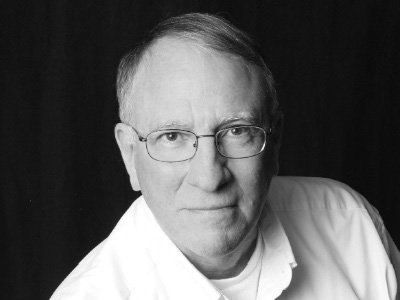
John Martellaro
John Martellaro was born at an early age and began writing about computers soon after that. With degrees in astrophysics (B.S.) and physics (M.S.), he has worked for NASA, White Sands Missile Range, Lockheed Martin Astronautics, the Oak Ridge National Laboratory and Apple. At Apple he worked as a Senior Marketing Manager, a Federal Account Executive and a High Performance Computing manager. His interests include chess, science fiction and astronomy. John is the host of the TMO podcast Background Mode.
Articles by John Martellaro
Analyst Ming-Chi Kuo Says A-series Macs Really Are Coming
The clues are all there. Apple has a mind to move its Macs to the A-series CPU. We discussed this at length on our TDO podcast recently. And now, Ming-Chi Kuo of TF Securities has confirmed it. Mike Wuerthele at AppleInsider reports: “Kuo also predicts that Mac models will adopt Apple’s A-series processor in some form starting 2020 or 2021.” So does that mean the 2019 Mac Pro will remain with Intel CPUs? And then make an abrupt jump in 2020? The mind boggles.
Facebook Says its Portal Chat Camera Can Spy On You for Targeted Ads
From Gizmodo: “Facebook announced Portal, a new voice-activated speaker and video chat gadget, and the company said that it would not use data collected through the device to target ads.” But it could. It probably will at some point. What could go wrong? It’s like Mark Zuckerberg has become the anti-Cook.
Is it Time to Move to 4K TV? Absolutely!
4K/UHD TVs are no longer a rarity and are now emerging as mainstream. According to IHS, of all the TVs sold in 2019, half will be 4K/UHD.
A Tutorial: High Dynamic Range (HDR) for 4K TVs
If you’ve been pondering a new 4K/UHD TV for the holidays (and an Apple TV 4K), you’ll want to check out this very easy to read introduction to the High Dynamic Range (HDR) technology used in modern TVs. You’ll learn about the basic tech and the similarities and differences between HDR10, Dolby Vision, HDR10+, HLG and which ones each TV maker offers.
TMO Background Mode Interview with Planetary Scientist Dr. Pascal Lee
Dr. Pascal Lee is a planetary scientist with the SETI Institute. He’s also Chairman of the Mars Institute, and Director of the NASA Haughton-Mars Project at NASA Ames Research Center. His research includes the history of water on Mars and planning future human exploration of Mars. Pascal has a Ph.D. in Astronomy and Space Sciences from Cornell University. We chatted about how he spent his very early years in Hong Kong, inspired by American and British SciFi TV shows. Later, he migrated to Paris where he continued his education and, inspired by Dr. Carl Sagan, made his way to Cornell in the 1990s. He was Dr. Sagan’s last teaching assistant. Next, we talked about his trips to the remote Canadian island, Devon, to study Mars-like conditions. We wrapped up with an introduction to his thoughts on SETI.
Introducing Salto, Another Terrifying Robot
Robot technology often invokes sophisticated mechanisms, in order to perform a task, that mimic those of living creatures. When done right, the visual effect can be startling, even creepy. Mark Serrels writes: “Meet “Salto-1P” a robot being designed by the Biomimetic Millisystems lab at Berkeley, University of California. The work is being supported by an Army Research Office Grant, which makes me wonder if one of these things is gonna kill me one day.” Better check under your bed again, Mark.
Plucky Google Reaches for the Golden Ring With Call Screen
You have to hand it to Google. The company has a certain spirit of AI inventiveness, even if the result isn’t always iron-clad consumer ready. In this case, it’s the recently announced Call Screen service for Pixel phones that puts an AI between the Pixel user and the telemarketers & robocalls. Read about it in the link below. This may not do amazing things for Pixel sales, and it may still have kinks to work out, but it sets a bar and whets our appetite for what Apple could do when it’s in top gear. Alas, Siri, cannot do this. Yet.
Apple's Competitors Increasingly Build Hardware to Lock Users Into Software
The days of only writing software that resides on a major platform like PCs and Macs are coming to a close. Now, every major tech company wants to sell you its own brand of hardware.
Details of Apple's New iPad Pros Leaked
9to5Mac has posted leaked details of Apple’s new iPad Pros. “Today, sources familiar with the development of the new 2018 iPad Pro have offered additional details about the device, its features, and more.” That includes Face ID, thinner bezels, a USB-C port for external 4K/HDR displays and a new Apple Pencil. Are we excited? Oh, yes.
This Robot Can Do Construction Work
Tech Crunch writes: “The HRP-5P is a humanoid robot from Japan’s Advanced Industrial Science and Technology institute that can perform common construction tasks including — install drywall.” I wonder if this opens up a new career field: Robotics repair and servicing. Or, will other robots do that as well? Check out the video.
TMO Background Mode Encore #5 Interview with Science Communicator Dr. Kiki Sanford
Dr. Kiki Sanford makes her fifth appearance on Background Mode. Kiki is a neurophysiologist with a Ph.D. from the University of California. She’s a popular science communicator and creator of This Week in Science (TWIS) podcast and radio show. In this episode, we chat about some some recent topics discussed on TWIS that fascinated me. 1) Yale roboticists have developed skins with embedded actuators that can turn just about anything into robots. 2) A 127 million year old fossil was discovered in China that fills in another gap in the story of how dinosaurs became birds. 3) The new NASA exoplanet search mission, Transiting Exoplanet Survey Satellite (TESS), is operational. We talk about its mission and how it compares to the Kepler spacecraft. This is just a sample; we covered much more cool science stuff.
A Terrific Review: Apple Watch Series 4
Jason Snell, at Six Colors, has written up a very nice review of the Apple Watch Series 4. Notable is the assessment of which previous generation owners should upgrade to Series 4. And he doesn’t forget to note: “Apple also won’t let you buy a Stainless Steel model unless you buy the cellular edition. That double penalty means you can’t get a stainless Series 4 for less than $699.” Check it out.
The Feds Will Have a Tough Time Blocking California's Net Neutrality Law
As soon as Governor Jerry Brown signed California’s tough net neutrality bill, the U.S. Justice Department filed suit to stop it, claiming the state doesn’t have the legal authority, but this Verge article points out: “… telecom industry legal experts say that when the FCC dismantled its own authority over broadband ISPs (by rolling back their classification of ISPs as Title II common carriers under the Telecom Act), it ironically killed any authority it might have had to tell states what to do.” Oh, the delicious irony.
iPhone XS Tests Far Better Than iPhone X in LTE Speeds
At PC Magazine, Sascha Segan has compared LTE speeds of the iPhone X to XS, and the latter is substantially faster. “The new iPhone XS and XS Max use an LTE modem that we’ve never seen used anywhere else: the Intel XMM7560. The 7560 is Intel’s first modem to support all four US wireless carriers, letting Apple drop Qualcomm, the world’s dominant high-end modem supplier.” However, ” … it still doesn’t quite match the Qualcomm X20 modem used in the Samsung Galaxy Note 9.” This is good stuff.
TMO Background Mode Interview with Former Apple Software Engineer James Dempsey
James Dempsey worked at Apple for fifteen years before setting out on his own in August 2011. As a software engineer at Apple, he worked on iOS, Aperture, and macOS releases Leopard through Lion, including half a decade on the Cocoa frameworks team. He’s the founder of Tapas Software, developer of iOS and Mac software. We talked abut his “aha” moments in life starting with his college roommate’s Mac Plus in 1986. His dream to work for Apple was eventually fulfilled in 1996, and James described what it was like to be an Apple evangelist in those days. But James is also an accomplished comedian, vocalist, ukulele player and has a published album. He’s also routinely written special songs for WWDC each year. If you ever wanted to work for Apple, this show is must listening.
Comparison of iPhone X and iPhone XS Video
It takes a lot of work to photograph or video identical scenes when comparing iPhone cameras, so I appreciated this very nice article comparing iPhone X to XS video. Also, here’s a snippet that has been widely overlooked: “Both the XS and XS Max can now record audio in stereo, which adds another layer of depth to recordings. By contrast, all iPhone models up to 2018, including the iPhone X, recorded sound in mono.” Have a look.
YouTube App for iOS Gains HDR Support
I’m interested in all things UHD/4K/HDR, so this caught my attention. Previously, YouTube’s iOS app didn’t support High Dynamic Range (HDR) video on Apple’s three OLED iPhones. That means HDR10 and Dolby Vision. Now it does, so here’s link to more details. Note that Apple’s new LCD iPhone, the iPhone XR, will also support HDR video playback, according to Apple’s specs.
Apple's macOS Mojave: A User Perspective & Review
Apple’s macOS Mojave is the most interesting, capable and stable release in years. John offers up his observations.
The Origins of macOS: Steve Jobs and NeXTSTEP
It’s easy to forget where and when macOS had its earliest origins. Its tumultuous path had its earliest start with Steve Jobs at NeXT. “NeXTStep was developed primarily by Avie Tevanian. The coder previously worked on the Mach microkernel, a supercharged version of UNIX, at Carnegie Mellon University. Jobs convinced Tevanian to join NeXT instead of taking what, in the short term, would have been a far more lucrative job at Microsoft.” This is a nifty, concise history of how it all started.
A Migration Guide for macOS Server Users
Apple has modified macOS Server, and with Mojave upon us, it’s good to know about the changes Apple has implemented. Here’s a link to the Apple Migration Guide. From the intro: “macOS Server is changing to focus more on management of computers, devices, and storage on your network. As a result, some changes are coming in how Server works. Beginning in the spring of 2018, several services will be hidden on new installations of an update to macOS Server. Then in the fall of 2018, new installations and upgrades of macOS Server will require you to migrate most services to other software.”
TMO Background Mode Interview with Technology Journalist Ryan Faas
Ryan Faas is a technology journalist and author who has been writing about Apple, business, enterprise IT topics, and the mobile industry for over a decade. He also spent a large portion of the past 15 years in the systems/network engineering and IT management fields as an IT director and systems administrator. He’s worked for MTV Networks as well as being a former Apple Genius. Today, he is also a Contributing Writer for Computerworld. We chatted about how he became such an expert in enterprise matters as well as knowledgeable in multiple OSes. He told me why the wireless carriers decline to push Android updates as often as Apple, and he filled me in on what really going on with macOS Server. Finally, Ryan also predicted when Apple will go to ARM processors in the Mac.
Remembering Charles W. Moore
I am not so pleased to report that a venerable, distinguished member of the technical journalist community has left us: Charles W. Moore. The link below has the story of his work, achievements and battle with illness. I am, however, pleased to say that I had the honor of working with him at Applelinks as well as MacOpinion [both now defunct] in the late 1990s. I remember Charles as an exceptionally hard worker and an incredible champion of all things Apple. He always amazed me. And he continued to do amazing work after that. He will be missed. [Photo credit: Elizabeth Sheppard.]
Astronomers Discover a Star Trek Vulcan-like Planet
“The Dharma Planet Survey, in a new study led by University of Florida (UF) astronomer Jian Ge and team including Tennessee State University (TSU) astronomers Matthew Muterspaugh and Gregory Henry, has shown that science fiction may be a little less so; the Dharma project has discovered what may be Star Trek’s famed planet Vulcan.” Or something close to it. Concept image via UF.
